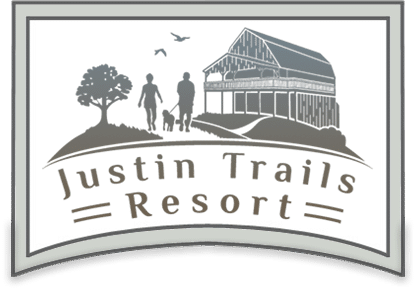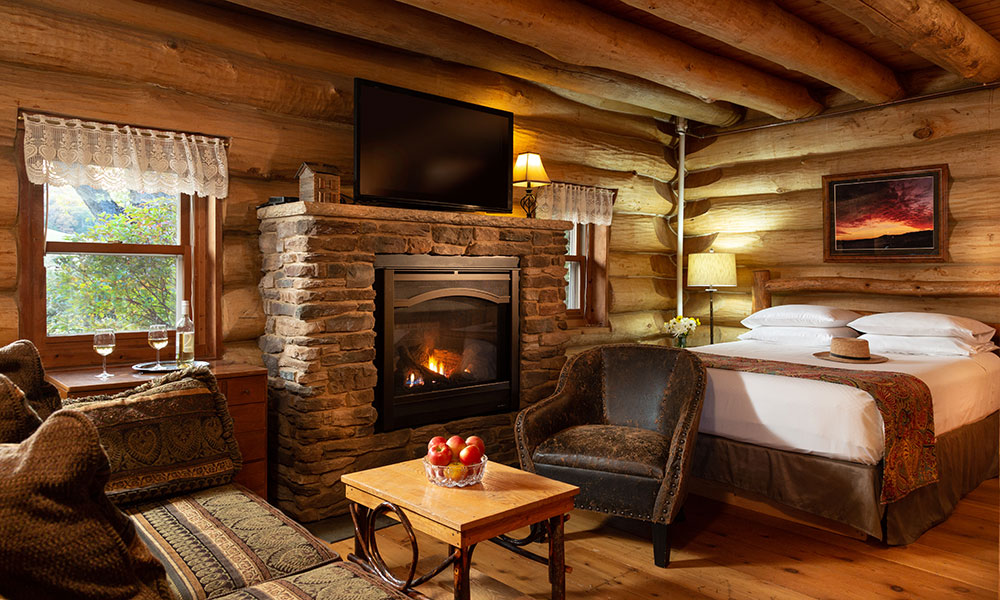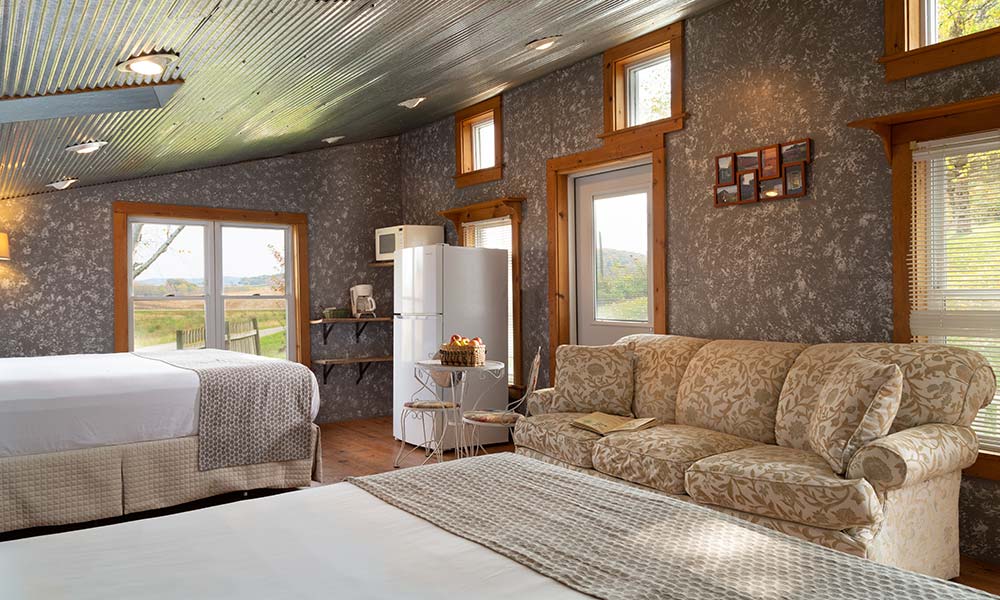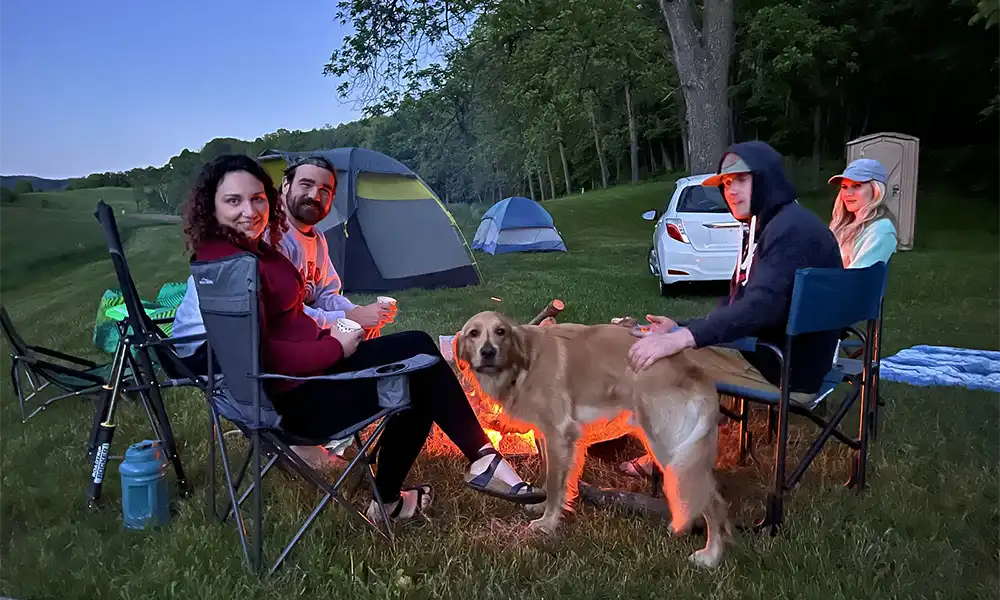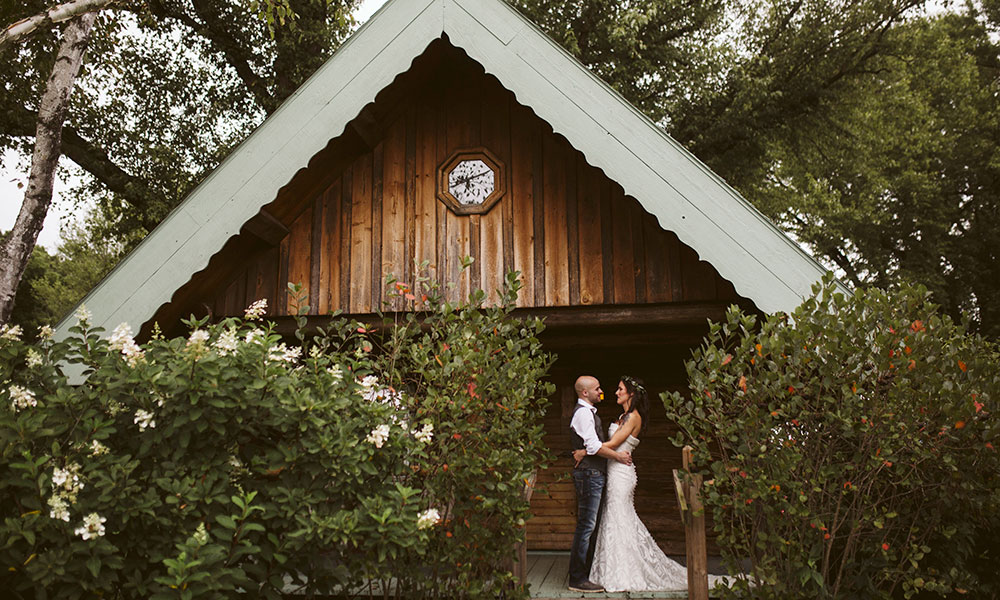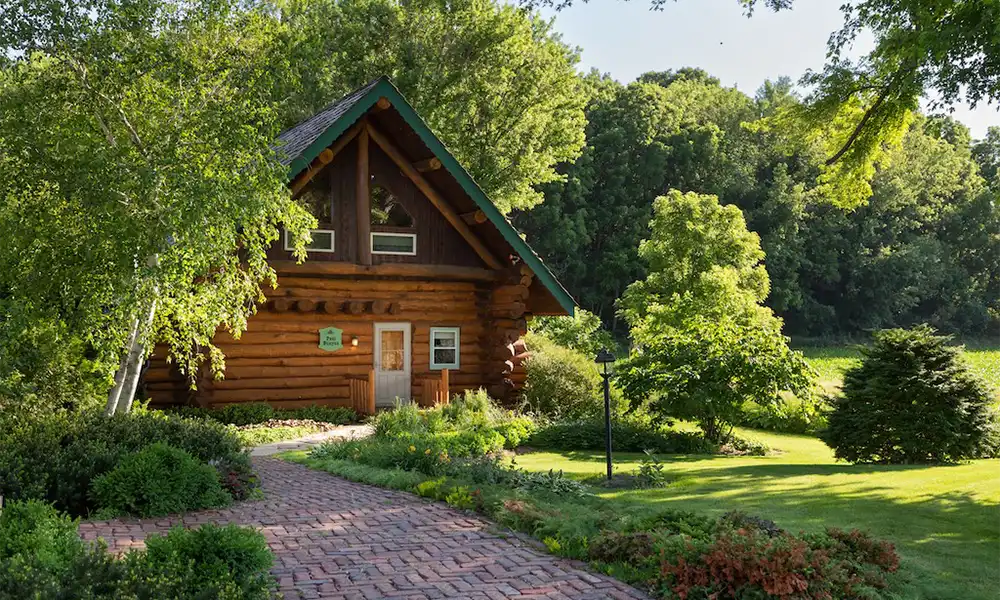
Travelers on Wisconsin’s Great River Road will soon be able to learn about the Mississippi River and its people with the completion of a $3.8 million Great River Interpretive Center at the U.S. Fish and Wildlife Service’s Genoa National Fish Hatchery.
The Genoa National Fish Hatchery rears 23 species of fish including trout, northern pike, and walleye. Guided and self-guided tours are offered. The area has 17 open-air ponds and 6 raceways. Because of its location at the confluence of the Bad Axe and Mississippi Rivers, the La Crosse Chapter of the Audubon Society ranks the hatchery as a top location for bird watching. On a walk among the rearing ponds, backwaters and sloughs you might see Great Egrets, Solitary Sandpipers, Green Herons, resident Bald Eagles, and Pileated and Red-headed Woodpeckers. (source: TravelWisconsin.com)
Here is a link to the News8000 story from January 10, 2018 “Genoa Fish Hatchery Builds New Interpretive Center”
https://www.news8000.com/news/genoa-fish-hatchery-builds-new-interpretive-center/683978324
Founded in 1932, the Hatchery mission is to recover, restore, maintain and enhance fish and aquatic resources on a basin-wide and national level by producing over 35 aquatic species of varying life stages, participating in active conservation efforts with our partners, and becoming a positive force in the community by educating future generations on the benefits of conservation stewardship.
Visitors should first report in at the office for orientation of current fish culture operations. Some activities and visitor amenities include a 1,000 gallon aquarium of Mississippi River fishes in the sturgeon building, a wetland and native prairie boardwalk including an outdoor classroom area, a walking trail and map of the facility, and culture buildings housing 24 species of fish, freshwater mussels and amphibians.
Leashed dogs are allowed on the property. 
Address, Directions and Contact Information
S 5631 State Hwy 35
Genoa, WI 54632
We are located on both sides of the Great River Road Scenic Byway (State Highway 35), 3 miles south of Genoa, Wisconsin. The office is on the west side of the highway, at fire route number S 5631.
Phone: (608) 689-2605
Fax: (608) 689-2644
Email: Doug_Aloisi@fws.gov
Here is an article from the La Crosse Tribune on January 28, 2018 by Chris Hubbuch
“Long delayed visitors center along Wisconsin’s Great River Road nearing completion”
GENOA — Travelers on Wisconsin’s Great River Road will soon be able to learn about the Mississippi River and its people with the completion of a long-delayed federal project.
Workers are putting the finishing touches on the $3.8 million Great River Interpretive Center at the U.S. Fish and Wildlife Service’s Genoa fish hatchery, nearly five years after the project broke ground.
Hatchery manager Doug Aloisi said it’s about far more than fish.
With galleries devoted to the river’s history as a byway of commerce, its ecosystems, and the Fish and Wildlife Service’s work to preserve it, the 6,000-square-foot museum was designed to focus on the intrinsic value of the river. It also includes a gallery devoted to the history of the Sauk people, who lived along the river before conflicts with European settlers culminated in a massacre just south of the current hatchery site. 
“We can tell them about the area as well as our conservation efforts,” he said. “They’re important pieces to our heritage, so we’re happy to tell those stories as well.”
Five years to build
The project got its start in 2011 with an initial $1.7 million grant from the National Scenic Byways Program, a now-defunct arm of the federal transportation department. It was the first such grant to a fish hatchery.
Despite being bisected by Hwy. 35, the 85-year-old hatchery has never had a proper visitor contact area. Aloisi said the agency sought to partner with the Byways program to expand the mission and reach.
The Fish and Wildlife Service held a groundbreaking ceremony in 2013, with plans to open the following year. But Aloisi said design and prep work on the half-acre site on a sandy hill between hatchery and highway delayed actual construction into 2015.
“It’s not a real cookie-cutter building,” he said.
There were additional delays Aloisi attributed to contracting issues as the Fish and Wildlife Service allocated an additional $2 million.
“You have to build the house when you have the money,” he said.
Major construction wrapped up this winter, and most of the exhibits are in place. A grand opening is planned for June 1 but Aloisi hopes to be open by May.
On Thursday, Gary Brees was busy constructing a replica bluff that will stretch about 25 feet from the basement to ceiling, where visitors will be able to view the plants and animals — including a stuffed bald eagle brought from a Fish and Wildlife office in Virginia — that inhabit the rugged hills of the Driftless Region. 
Part painter, part sculptor, part carpenter, Brees, owner of Brees Studio of Murphysboro, Ill., has built wildlife exhibits from Kuwait to the Arctic Circle. Now 65, Brees said he got his start doing taxidermy when he was a 9-year-old farm boy.
“People call us artists, and I guess we are,” he said. “We just consider ourselves highly skilled people.”
Telling the river’s story
Michael Shackelford of the exhibit design firm Lyons/Zaremba spent most of the past year turning the Fish and Wildlife Service’s themes into narratives.
In one room, he traced the river’s long history as a corridor of commerce. More than 1,500 years ago, Mound Builders traveled the river in dugout canoes. Archaeologists have found copper and lead from the Upper Peninsula of Michigan brought during this time to South America.
“There was international trade going on, by canoe,” Shackelford said.
Inter-tribal fighting limited use of the river among later inhabitants, but it was a critical thoroughfare for the fur trade when white trappers began looking for new sources of pelts to keep Europeans in coats and hats.
Early steamboats could only travel 10 to 15 miles before refueling — a cord of wood stacked against the wall is a tangible illustration of what they consumed every 15 minutes — which explains the ubiquitous river towns.
“All these little towns along the way were gas stations,” Shackelford said.
Other exhibits address the channelization of the river for modern barge traffic as well as the short-lived but once prolific button industry.
War history
As a stipulation of the Scenic Byways grant, the center was expected to include an exhibit on the Battle of Bad Axe, which took place about two miles south of the hatchery.
To get there, Shackelford first had to tell the story of the Black Hawk War, the last “Indian War” fought east of the Mississippi River. It begins in 1803, when future president William Harrison tricked Sauk leaders into signing away their land for a pittance.
A quarter century later, with white settlers were moving in and the U.S. military trying to push the Sauk west of the Mississippi, a group of about 1,200 people led by Black Hawk attempted to re-occupy their homeland.
In 1832 the Illinois militia ran them off, setting off a four-month chase as the Sauk men, women and children fled north into Wisconsin in hopes of finding their way back across the river. Hundreds died of thirst, starvation and exhaustion as warriors tried to keep the troops at bay.
By Aug. 1 the remaining Sauk reached the Mississippi River near the mouth of the Bad Axe, but a U.S. gunboat prevented them from crossing and the following day they were surrounded by troops who fired on them for three hours. About 70 Sauk who made it across the river were killed by members of the rival Sioux tribe. Only about 150 of the original group survived.
The site of the battle was later named Victory.
A tourist destination 
Elsewhere in the museum, visitors will find a 3,000-gallon aquarium stocked with large and small-mouth bass, walleye, sturgeon and other native Mississippi River species and a smaller tank with some of the fish that inhabit the area’s streams.
Exhibits also detail the work of the Fish and Wildlife Service, from early days of rescuing stranded fish after spring floods to the formation of the hatchery in 1932 and its evolution to a conservation-driven mission. Today the hatchery works hand-in-hand with the Upper Mississippi River National Fish and Wildlife Refuge, Aloisi said, “to try to help people place a value on (the river) so they can preserve it as well.”
The hatchery, one of two in Wisconsin, raises 18 species each of fish and mussels as well as mud puppy salamanders and an endangered dragonfly. Last year it sent about 8 million fish to waters from the Rocky Mountains to the Atlantic Ocean.
The facility attracts about 14,000 visitors a year, but Aloisi hopes the new visitor’s center will change that.
“Hopefully we’ll be a tourist destination,” he said.
Sherry Quamme chairs the Wisconsin Mississippi River Parkway Commission, which has supported the project and helped guide the design. She said the center will be a boon for the regional tourism industry.
“It obviously is a diamond for the Wisconsin Great River Road,” Quamme said. “Tourism on this side of the state is growing, and this is another step up that ladder.”
The facility will be the second National Fish Hatchery in the U.S. Fish and Wildlife Services Midwest Region to receive a dedicated visitor service facility. The Neosho National Fish Hatchery in Missouri, the nation’s oldest operating federal fish hatchery, dedicated their new visitor facility in 2010.
